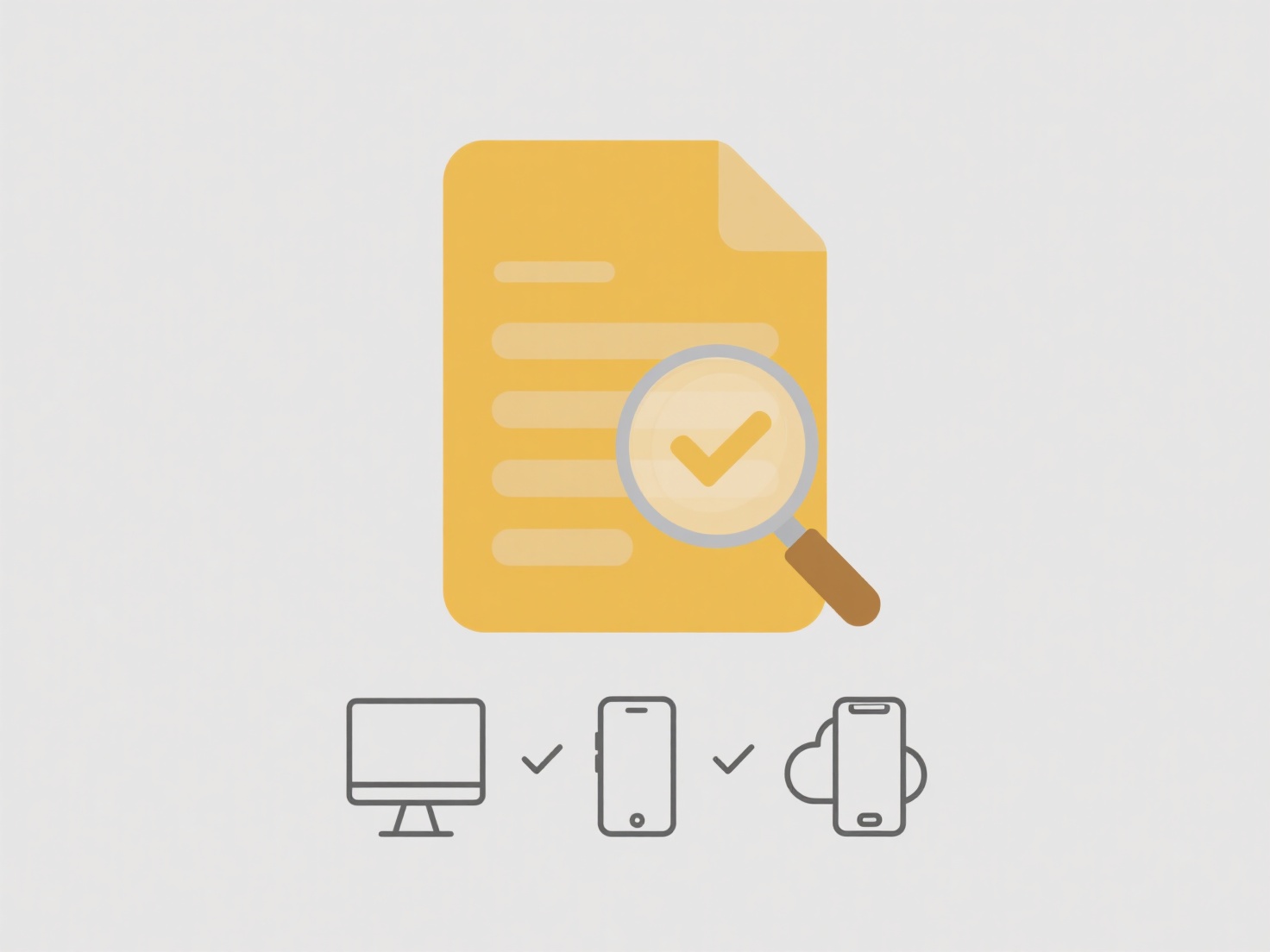
Exporting sensitive data with encryption involves applying cryptographic techniques to convert plaintext information into unreadable ciphertext during the transfer process. This ensures confidentiality so that even if intercepted during transport or storage, the data remains protected. It differs from basic file transfer methods like FTP by providing a mandatory layer of security before the data leaves its source environment, relying on encryption algorithms and secure key management. The core principle is encrypting the data before it is exported, then securely transporting or storing the ciphertext, which can only be read again (decrypted) by authorized parties possessing the correct cryptographic key.

This practice is essential in regulated industries like healthcare and finance. For instance, a healthcare provider exporting patient records (PHI) for analysis will encrypt files using PGP or vendor tools integrated into their Electronic Health Record system before transferring them to a secure cloud storage bucket (e.g., AWS S3 using S3 SSE-KMS). Similarly, a financial institution exporting customer credit card transaction logs might encrypt them using OpenSSL or dedicated database export tools with encryption features before uploading to a secure file transfer service.
The primary advantage is mitigating the risk of data breaches during transfer and storage. Key limitations include the complexity of managing encryption keys securely and potential performance overhead. If keys are lost or compromised, data recovery becomes impossible, highlighting the critical need for robust key management practices like Hardware Security Modules (HSMs). Advances in quantum-resistant cryptography are shaping future developments to counter emerging threats. Adherence to encryption standards is often an ethical and legal obligation for handling sensitive personal information.
How do I export sensitive data with encryption?
Exporting sensitive data with encryption involves applying cryptographic techniques to convert plaintext information into unreadable ciphertext during the transfer process. This ensures confidentiality so that even if intercepted during transport or storage, the data remains protected. It differs from basic file transfer methods like FTP by providing a mandatory layer of security before the data leaves its source environment, relying on encryption algorithms and secure key management. The core principle is encrypting the data before it is exported, then securely transporting or storing the ciphertext, which can only be read again (decrypted) by authorized parties possessing the correct cryptographic key.

This practice is essential in regulated industries like healthcare and finance. For instance, a healthcare provider exporting patient records (PHI) for analysis will encrypt files using PGP or vendor tools integrated into their Electronic Health Record system before transferring them to a secure cloud storage bucket (e.g., AWS S3 using S3 SSE-KMS). Similarly, a financial institution exporting customer credit card transaction logs might encrypt them using OpenSSL or dedicated database export tools with encryption features before uploading to a secure file transfer service.
The primary advantage is mitigating the risk of data breaches during transfer and storage. Key limitations include the complexity of managing encryption keys securely and potential performance overhead. If keys are lost or compromised, data recovery becomes impossible, highlighting the critical need for robust key management practices like Hardware Security Modules (HSMs). Advances in quantum-resistant cryptography are shaping future developments to counter emerging threats. Adherence to encryption standards is often an ethical and legal obligation for handling sensitive personal information.
Quick Article Links
How do I set up scheduled tasks to clean or organize folders regularly?
How do I set up scheduled tasks to clean or organize folders regularly? Wisfile currently focuses on local processing ...
How do I rename obsolete or archived files?
Renaming obsolete or archived files involves changing their filenames to clearly indicate they are no longer current or ...
How do I add a folder name to each file name inside that folder?
Adding a folder name to each contained file involves automatically renaming every file within a specific directory by in...